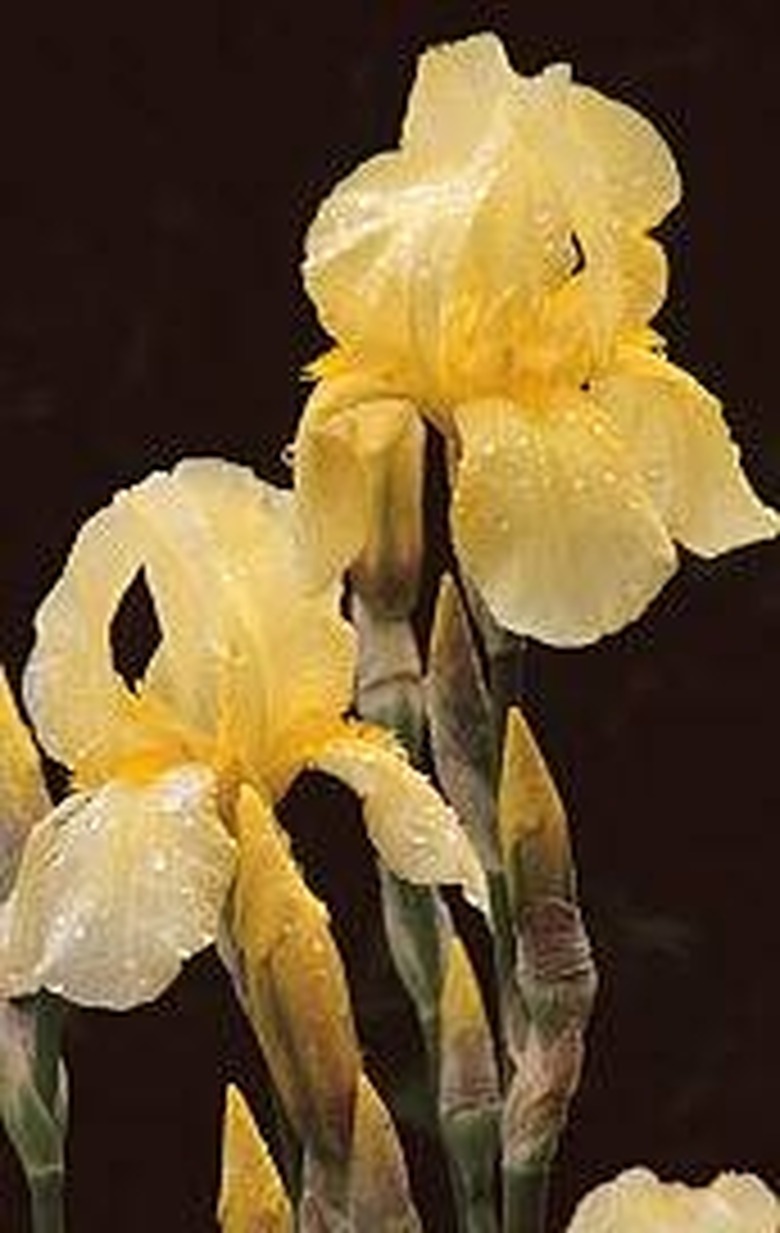How Do Flowers Absorb Water?
The Process
Two processes occur in a plant to help it absorb water: capillary action and transpiration. Flowers absorb water through the xylem, a tissue of thin tubes found on the outer stem of plants. Its job is to transport water and nutrients from the roots to all areas of the plant. The water moves up the xylem like soda moving up a straw when you suck on it. This process is called capillary action. The water molecules are attracted to the molecules in the xylem, helping to pull the water upward. Solar energy also pulls the water up through the plant. Sunlight evaporates the water from the surface. This transportation process of water is called transpiration. The top of the xylem tubes become empty from the loss of water, creating a vacuum, so water rises to fill the empty space.
- Two processes occur in a plant to help it absorb water: capillary action and transpiration.
- The top of the xylem tubes become empty from the loss of water, creating a vacuum, so water rises to fill the empty space.
Cut Flowers
When you pick flowers and bring them inside, the demand for water continues, but now the flowers have lost their life support. It's important to cut the stems with a sharp knife at an angle to expose more stem surface. Immediately, plunge the stems in water or cut the stems underwater. If the stems are not placed in water immediately, small air bubbles form at the end of the stem creating a barrier, so water cannot pull up through the flower. Without the water, the flower will wilt and die quickly. It is also important to pick flowers from the garden in the early morning when they are filled with stored food and water. Place the cut flowers in warm water, not cold. The flower pulls up warm water quicker than cold water. Change the water every two days and keep the flowers out of direct sunlight.
- When you pick flowers and bring them inside, the demand for water continues, but now the flowers have lost their life support.
- Change the water every two days and keep the flowers out of direct sunlight.
Flower Preservative
Putting cut flowers in water will not stop the flowers from wilting and dying within a few days unless flower preservative is added to the water. Flower preservative contains biocides, which are chemicals that kill bacteria. The bacteria are created from the sap that seeps out of the cut stem. The bacteria grow fast plugging the xylem tubes needed to draw the water. Flower preservatives also contain acid and sugar. The acid helps move the water up the stem. The sugar acts as food. Adding flower preservative, changing the water every two days and keeping the flowers from direct sunlight will help flowers live for up to two weeks.
- Putting cut flowers in water will not stop the flowers from wilting and dying within a few days unless flower preservative is added to the water.
